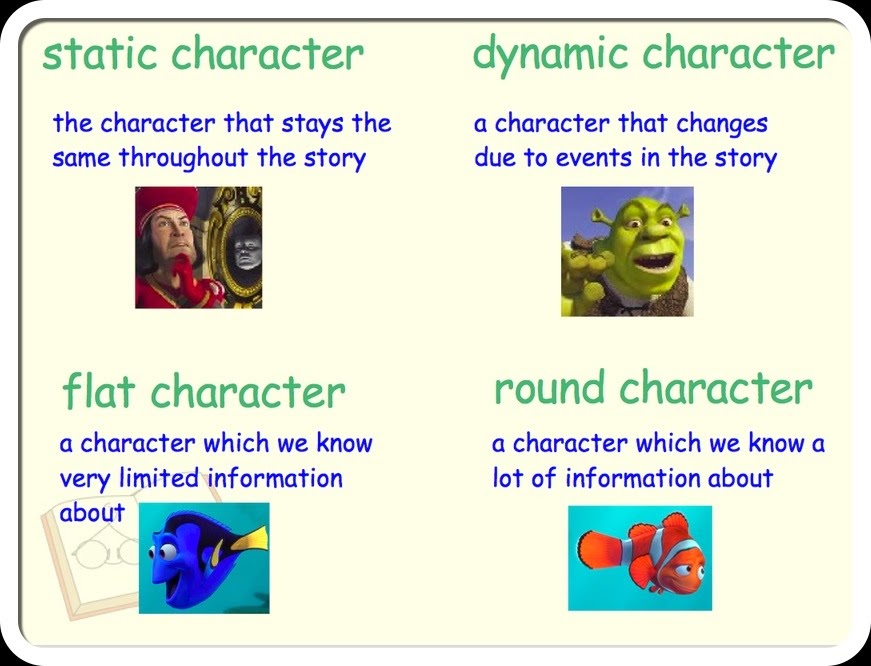


Often, you’ll find them supporting the main character, somewhat replaceable, and they live with a narrow scope or perspective and opinions. So, a flat character becomes less interesting than their opposite, the round character. A flat character is used to move the plot along. A flat character arc means the character doesn’t change, but they change the world around them. Flat character arcs don’t mean a flat character. While you don’t want your protagonist to be that flat character, they have their own uses in your story. You need both types of characters for a story, but knowing when to use them is what makes the difference.įlat characters are your staples, feeders, and your cliché characters. Flat characters are two-dimensional figures that don’t change and remain uncomplicated throughout the work. Round characters show complexities, develop through the story, and surprise readers from time to time. Did you find any of the methods mentioned last week helpful? If so, I’d love to hear about it! Our conversation inevitably led to the round versus flat character comparison, so that’s what we’ll address today. Don’t forget that a reader will notice how well you researched your characters by how they fall on the page. Last week we discussed researching your characters, the processes some writers use, and some other ideas you might use.


 0 kommentar(er)
0 kommentar(er)
